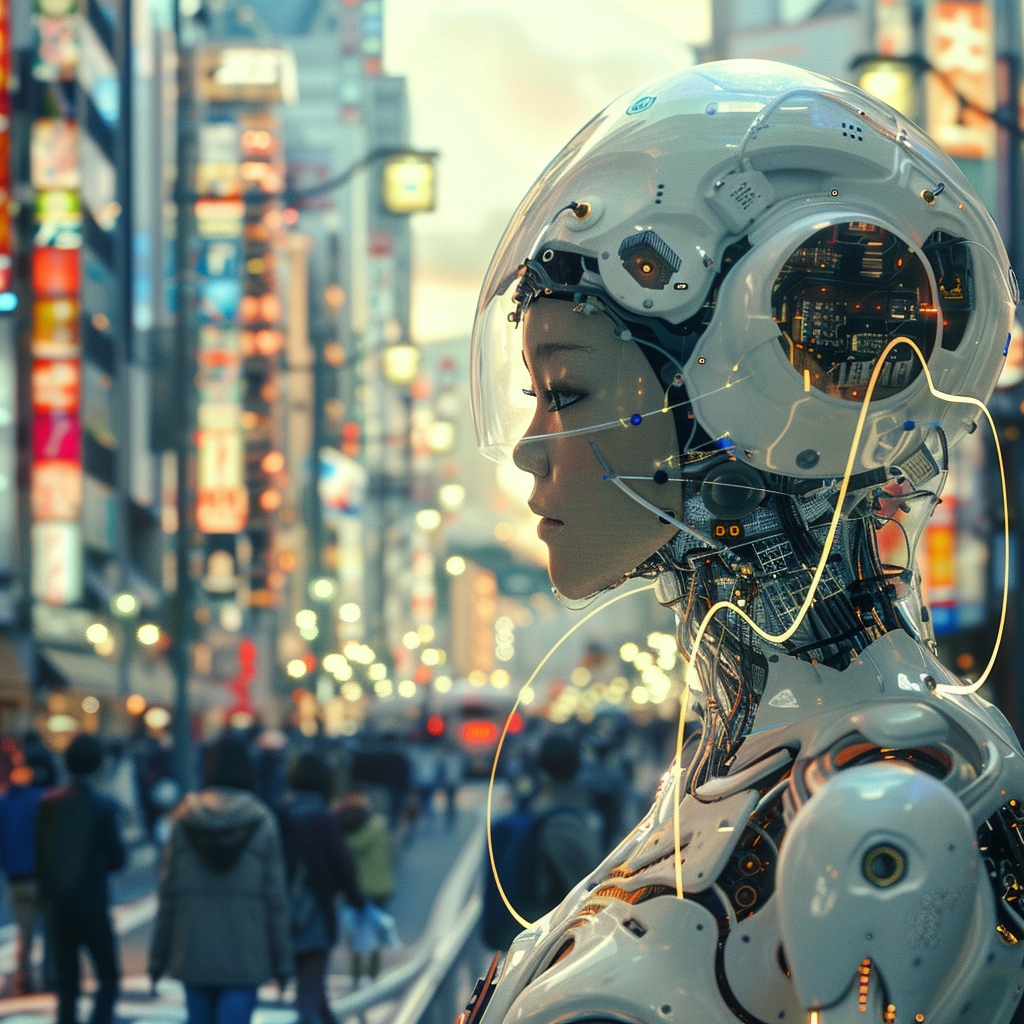A Glimpse into the Future: 2030 Predictions for Technology, Fashion, and Entertainment
The future is brimming with potential, poised to unfold through spectacular advancements across key sectors like technology, fashion, and entertainment. Each field is gearing up to introduce innovations that promise to dramatically alter the fabric of everyday life, potentially reshaping our social interactions, personal habits, and even our environmental impact. As we look ahead to 2030, this article aims to offer a detailed exploration of these trends, providing a richly imagined picture of the near future. By examining the cutting-edge developments on the horizon, we will delve into how these changes are expected to revolutionize our world, creating new opportunities and challenges alike. This foresight into the next decade not only highlights what new products and services might emerge but also considers the broader implications these innovations could have on the way we live, work, and play.
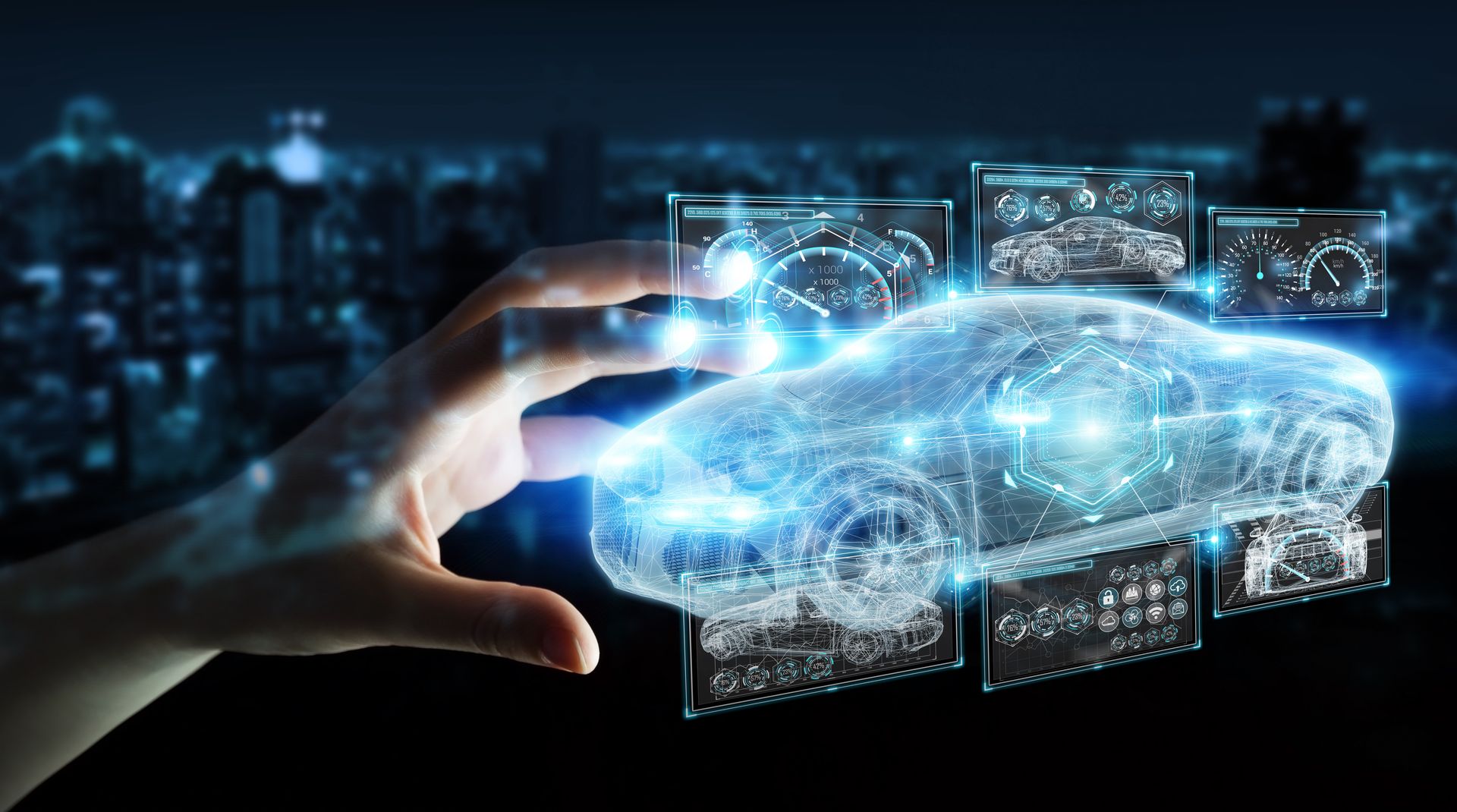
Technology in 2030
AI and Automation
By the year 2030, artificial intelligence (AI) and automation are poised to become deeply embedded in our daily existence, transforming how we interact with our world in profound ways. Self-driving cars, once a figment of science fiction, are anticipated to be a common sight, navigating our streets with precision and significantly reducing traffic accidents and congestion. In healthcare, AI's role is expected to expand beyond administrative tasks to more complex roles such as diagnostic support, personalized treatment plans, and even robotic surgeries, vastly improving efficiency and patient outcomes.
Moreover, these technologies will extend their influence into various other sectors. In the workplace, automation will streamline repetitive tasks, freeing up human employees for creative and strategic roles that demand emotional intelligence and nuanced judgment. In the home, smart devices will manage everything from energy consumption to security, making home management seamless.
The impact of AI and automation will also be felt in sectors like agriculture, where precision farming techniques will increase yield and reduce waste, and in retail, where AI will personalize shopping experiences to unprecedented levels. As these technologies become more sophisticated, their integration into everyday life promises to make our routines more efficient, our economies more robust, and our personal lives more comfortable.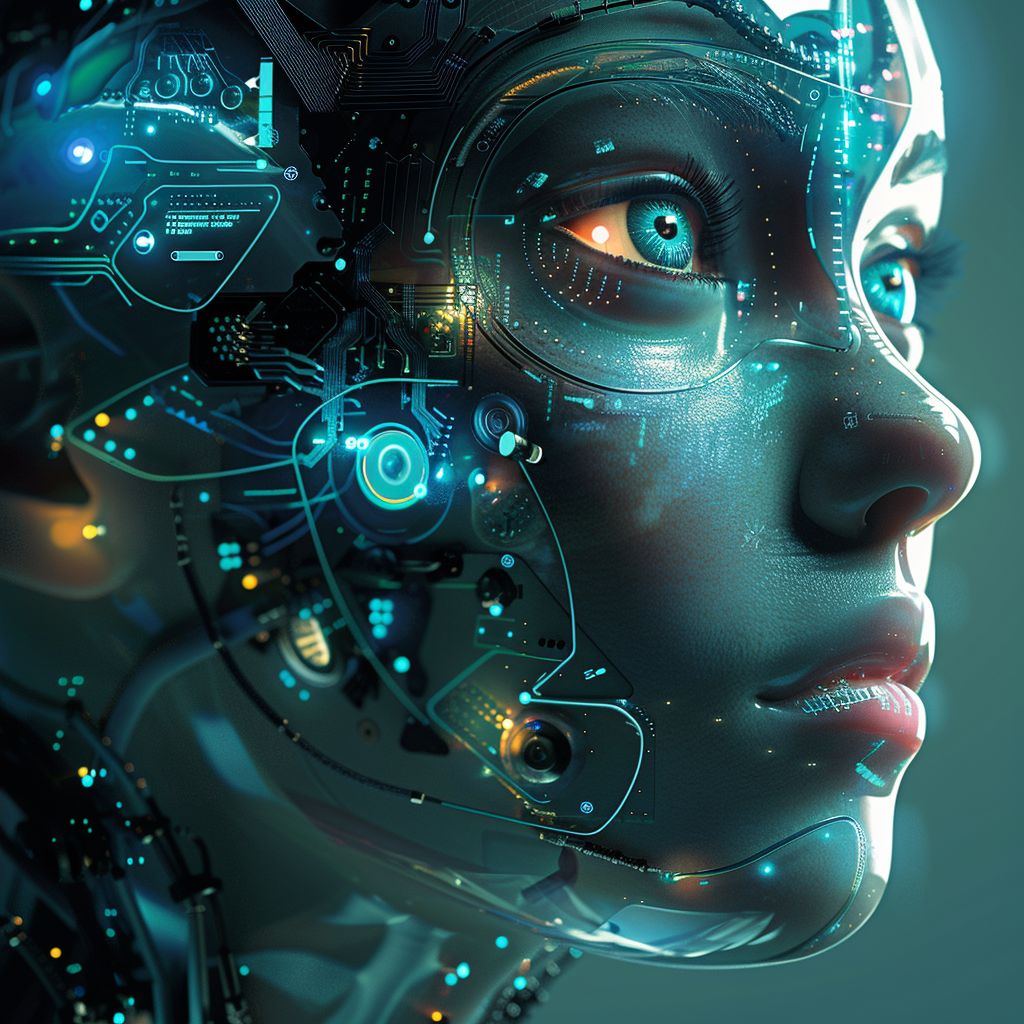
Quantum Computing
Quantum computing represents a monumental leap forward in our capacity to process information. This emerging technology harnesses the principles of quantum mechanics to perform complex calculations at speeds unattainable by classical computers. Such capabilities could have profound implications across various fields, particularly in cryptography, material science, and artificial intelligence.
In cryptography, quantum computing could revolutionize the way we secure digital communications. By potentially breaking many of the cryptographic algorithms currently in use, it necessitates the development of new forms of quantum-resistant encryption to safeguard sensitive data against future threats. This could lead to a major overhaul of data security practices across industries.
In the realm of material science, quantum computers offer the potential to model molecular structures and complex chemical reactions with high accuracy, paving the way for groundbreaking advancements in drug discovery and materials engineering. This could lead to the development of new materials with desired properties, such as greater strength, lighter weight, or better environmental sustainability.
Furthermore, in artificial intelligence, quantum computing could supercharge machine learning algorithms, enhancing their ability to learn from vast amounts of data more quickly and accurately. This could improve decision-making processes and efficiency in various applications, from autonomous vehicles to personalized medicine.
Overall, the integration of quantum computing into these fields is expected to open up new frontiers in technology and science, presenting both unparalleled opportunities and significant challenges that need to be addressed to fully realize its potential.
Space Exploration
Space exploration is on the cusp of entering a new and exhilarating era, marked by ambitious endeavors that aim to extend human presence deeper into the cosmos. The possibility of manned missions to Mars looms on the horizon, promising to unlock a wealth of knowledge about our neighboring planet and testing the limits of human endurance and ingenuity. This milestone in space travel could provide critical insights into the possibilities of life beyond Earth and reveal more about Mars’ geology, atmosphere, and potential resources.
Simultaneously, the rise of commercial space travel is transforming the landscape of aerospace. Companies are pioneering technologies to make space more accessible to not only astronauts but eventually to tourists as well. This surge in commercial activity is anticipated to drive technological innovations, lower costs, and even open up new markets for space-based industries and research.
These developments in space exploration could also have profound implications for technology on Earth. The challenges of sustaining life on Mars could lead to advancements in recycling systems, renewable energy, and habitat technology that could benefit environmental management and sustainable living on our home planet.
As we push the boundaries of what's possible in space exploration, we stand to not only expand our scientific knowledge but also to inspire new generations to look up at the stars and dream of what might lie beyond.
Fashion in 2030
Sustainable Fashion
Sustainable fashion is poised to take center stage in the coming years, as environmental awareness and ethical considerations become increasingly important to consumers. This shift is expected to drive significant changes in the fashion industry, with brands focusing more on sustainable production methods and the use of eco-friendly materials.
The trend towards sustainability involves a comprehensive reevaluation of how clothes are made, from the sourcing of raw materials to the manufacturing processes and the end life of the products. Brands are beginning to prioritize organic and recycled materials that reduce environmental impact, such as organic cotton, recycled polyester, and materials derived from agricultural waste. Moreover, there is a growing emphasis on reducing water usage and chemical dyes, which have traditionally had significant environmental costs.
Ethical production is also a key component of sustainable fashion. This includes ensuring fair wages and safe working conditions for workers in the fashion industry. Consumers are increasingly looking for transparency and accountability, pushing brands to provide visibility into their supply chains and to adopt fair trade practices.
As consumers continue to prioritize brands that align with their values, we can expect to see an increase in demand for sustainably produced garments. This consumer-driven demand will likely spur more brands to consider sustainability not just as a niche market, but as a fundamental aspect of their business models. In response, the fashion industry may see an increase in innovative practices designed to minimize waste and reduce carbon footprints, such as zero-waste design, upcycling, and the adoption of circular economy principles.
This shift towards sustainable fashion not only reflects a more conscientious approach to consumption but also signals a broader cultural transformation towards sustainability across all sectors.
Tech-Integrated Clothing
As we move forward, the convergence of fashion and technology is set to deepen, transforming our clothing into interactive, adaptive, and highly functional pieces. Smart clothing and wearable technology are expected to become more mainstream, blending style with practicality and high-tech features.
One of the most anticipated advancements is in fitness-tracking clothing. These garments will not only monitor health metrics like heart rate, body temperature, and muscle activity but also provide real-time feedback and analysis, helping wearers optimize their workouts and overall health directly from their attire.
Additionally, garments that adapt to weather conditions are on the horizon. These innovative pieces of clothing can change their thermal properties based on external temperatures, providing extra warmth in cold conditions or enhancing breathability during warmer weather. This adaptability will be achieved through the integration of materials that can alter their structure or composition in response to environmental cues.
Moreover, the future of fashion technology also includes the development of clothing embedded with augmented reality (AR) capabilities, UV radiation filters, and pollution sensors. These features will offer wearers a greater interaction with their environment and enhanced protection against everyday hazards.
As these technologies evolve, they will not only enhance the functionality of our wardrobes but also lead to more sustainable fashion practices by reducing the need for multiple garments. With the rise of smart clothing and wearable tech, the fashion industry is poised to offer products that are not only trendsetting but also transformative in their utility and environmental impact.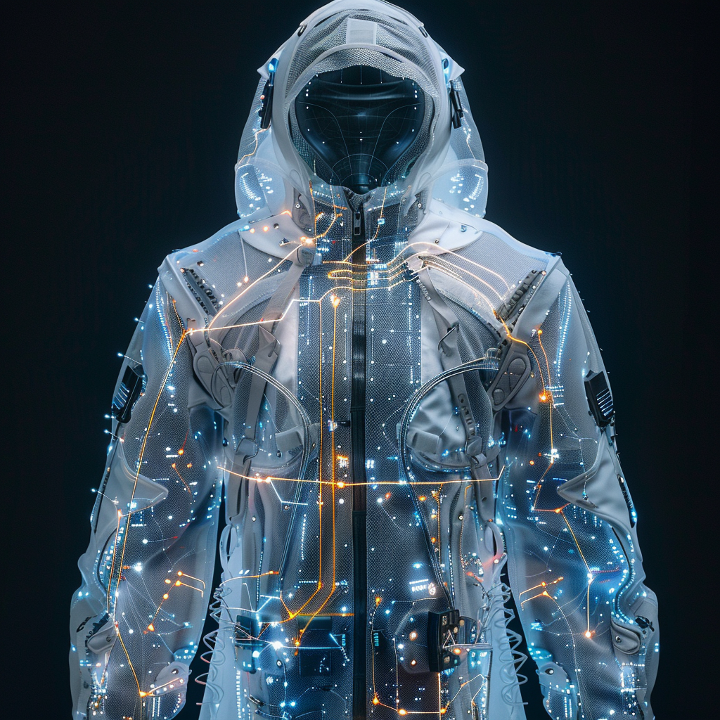
Entertainment in 2030
Virtual Reality Entertainment
Virtual reality (VR) is on the brink of transforming the entertainment landscape, offering users deeply immersive experiences that extend far beyond traditional gaming and movie-watching. As VR technology advances, it's set to revolutionize the way we interact, learn, and explore, effectively blurring the lines between virtual and real-world experiences.
In gaming, VR introduces an unparalleled level of immersion, allowing players to step inside the game worlds. These environments are rendered with such detail and responsiveness that users can experience a sense of presence that traditional gaming platforms simply cannot match. This deep immersion can enhance emotional engagement and realism, making the gameplay experience incredibly intense and enjoyable.
The impact of VR on movies and other forms of visual entertainment is equally transformative. Filmmakers are beginning to experiment with VR to create 360-degree cinematic experiences, where viewers are not just passive observers but active participants in the narrative. This could redefine storytelling, offering viewers the opportunity to experience stories from within the scene itself.
Beyond entertainment, VR holds potential for social interaction. Virtual spaces can be created where people from around the world can meet, share experiences, and collaborate in real-time as if they were in the same physical space. This aspect of VR is particularly promising for education and professional training, providing a dynamic environment for learning and practicing new skills.
Additionally, VR offers opportunities to explore places and experiences that are otherwise inaccessible. Virtual travel to distant planets, historical events, or even fictional worlds becomes possible, providing educational and exploratory value that could be particularly beneficial for schools and museums.
As VR continues to develop, the integration of sensory feedback such as touch and smell could further enhance the realism of these virtual experiences, making the distinction between virtual and real increasingly fluid. This technological evolution promises not only to expand the boundaries of entertainment but also to impact how we connect with others and understand the world around us.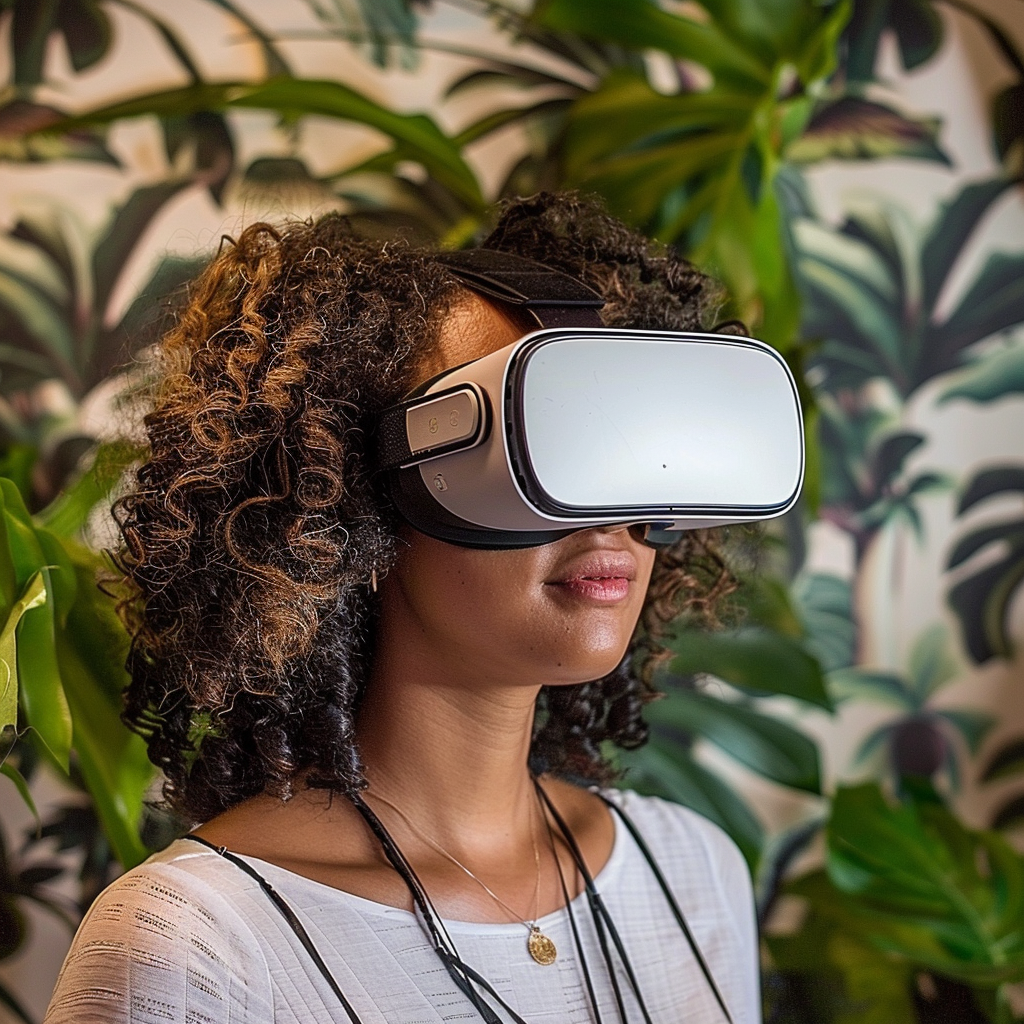
Personalized Content
As advancements in artificial intelligence (AI) and data analytics continue to progress, the entertainment industry is poised to undergo a significant transformation. These technologies will enable entertainment platforms to offer highly personalized content, tailoring recommendations and experiences to individual preferences like never before.
AI algorithms are becoming increasingly adept at analyzing user data, including viewing histories, interaction patterns, and even feedback across multiple platforms. By leveraging this data, AI can predict what kind of content a user might enjoy next, with impressive accuracy. This isn’t just limited to suggesting movies or TV shows; it can extend to customizing music playlists, virtual reality experiences, and interactive gaming scenarios.
Furthermore, AI-driven personalization can adapt in real-time. For example, a streaming service might alter its interface and navigation based on how a user interacts with different types of content, making it easier and faster for them to find what they love or discover new interests. This level of customization enhances user engagement by creating a more intuitive and satisfying user experience.
Personalized advertising is another area where AI and data analytics are making a significant impact. Advertisements can be tailored to the preferences and behaviors of individual users, increasing the relevance and effectiveness of marketing efforts. This targeted approach not only benefits advertisers with higher conversion rates but also enhances the overall viewer experience by reducing the annoyance factor of irrelevant ads.
Moreover, content creators can utilize insights gained from data analytics to better understand their audiences, helping them to craft content that resonates more deeply with viewers. This data-driven approach to content creation can lead to more compelling storytelling and innovative formats that push the boundaries of traditional media.
Overall, the integration of AI and data analytics into entertainment platforms represents a major shift towards more personalized, adaptive, and user-focused media experiences. As these technologies continue to evolve, they promise to redefine how content is created, distributed, and consumed, making entertainment more engaging and aligned with individual preferences and needs.
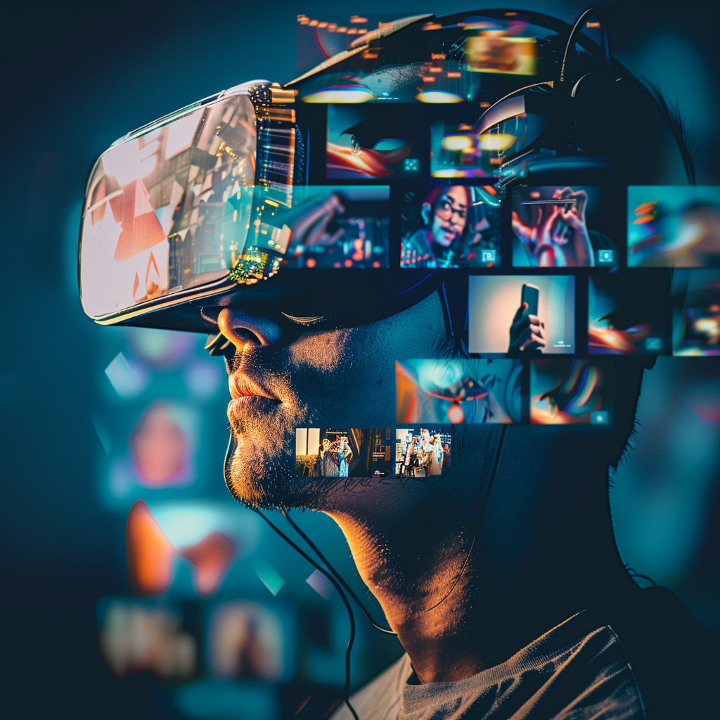
Conclusion
The world of 2030 promises to be an exciting and dynamic place, shaped profoundly by advancements in technology, fashion, and entertainment. As we look forward to what the next decade may hold, these fields are set to undergo transformative changes that could significantly alter our everyday lives.
Technological innovations will continue to evolve at an accelerated pace, potentially bringing about developments we can barely imagine today. From AI-enhanced smart homes that anticipate our needs to fully autonomous vehicles seamlessly integrated into our transport systems, the potential for technology to further enhance efficiency and sustainability is vast.
In fashion, we're likely to see a continued shift towards sustainability and technological integration. Future fabrics might not only adapt to our body temperature but also repel stains and repair themselves. Moreover, digital fashion could rise in prominence, allowing people to don custom-designed apparels in virtual settings, thus expanding the definition of personal style.
Entertainment will also experience a significant evolution with virtual and augmented reality becoming possibly mainstream, providing immersive experiences that blur the lines between the digital and physical worlds. Personalized content, tailored to individual preferences through sophisticated algorithms, will likely dominate our media consumption, making every experience uniquely engaging.
While these predictions provide a glimpse into what might be, the true scope of the future is boundless, constrained only by the limits of our imagination and ingenuity. The innovations of tomorrow may well surpass today's expectations, opening up new possibilities that redefine how we live, work, and interact. As we advance towards 2030, the journey promises to be as exciting as the destination itself.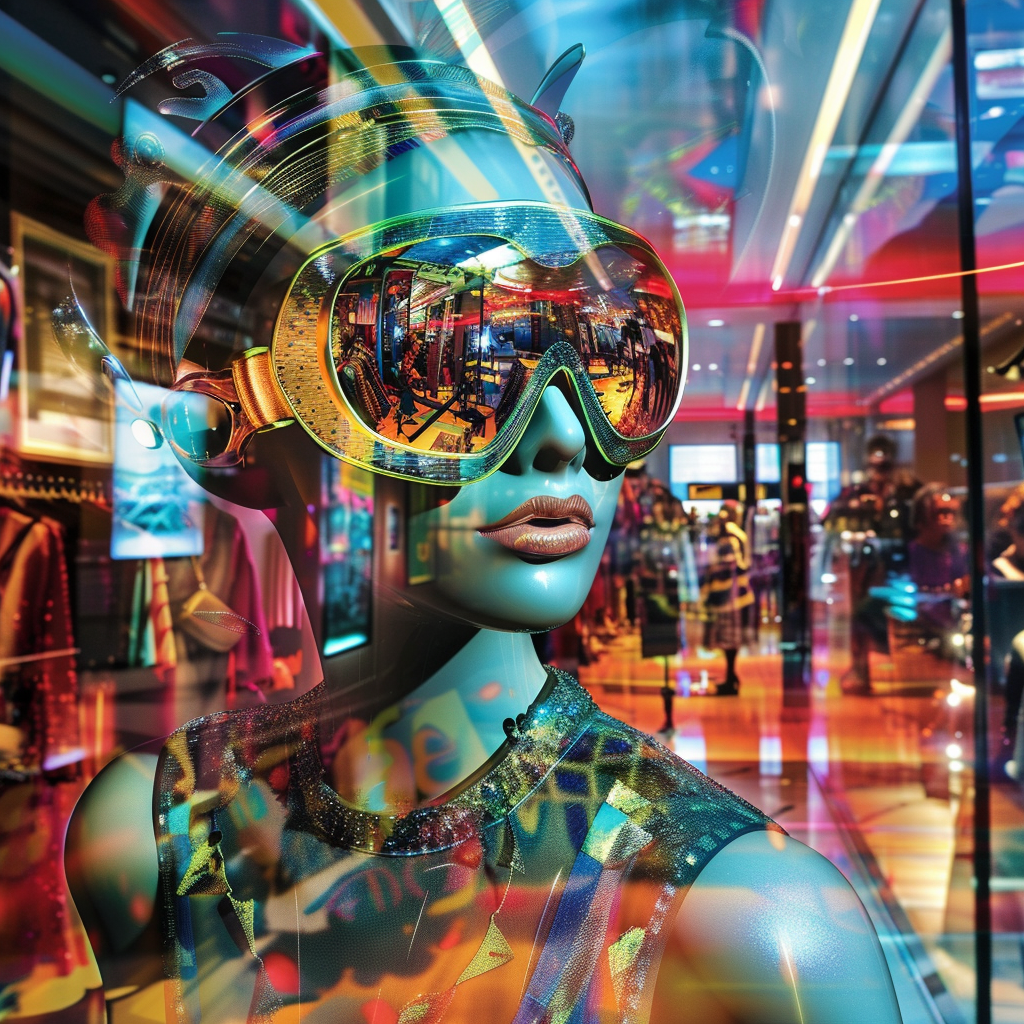
FAQs
What role will AI and automation play in 2030?
- AI and automation are set to become integral components of daily life by 2030, with transformative impacts across numerous sectors including transportation and healthcare. These technologies will enhance efficiency and open new possibilities for innovation and convenience.
What are the anticipated trends in fashion for 2030?
- By 2030, fashion is expected to heavily focus on sustainability and the integration of technology. Clothing may feature smart fabrics that adapt to weather conditions or user preferences, and a greater emphasis will be placed on eco-friendly production processes.
How will entertainment change by 2030?
- Entertainment will undergo significant changes by 2030, marked by the widespread adoption of immersive virtual reality (VR) experiences and highly personalized content delivery. This evolution will redefine how audiences engage with media, offering more interactive and tailored entertainment options.
What impact will quantum computing have in the future?
- Quantum computing promises to revolutionize several fields, including cryptography, material science, and artificial intelligence. It will enhance the ability to process complex calculations at unprecedented speeds, thereby unlocking new potentials in data security and machine learning.
What does the future of space exploration look like?
- By 2030, space exploration is likely to advance significantly, with potential manned missions to Mars and an expansion of commercial space travel. These developments could lead to new scientific discoveries and technological innovations, further pushing the boundaries of human achievement and knowledge.
